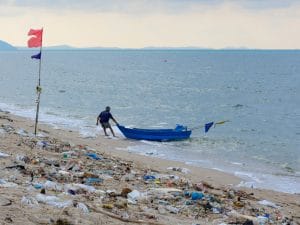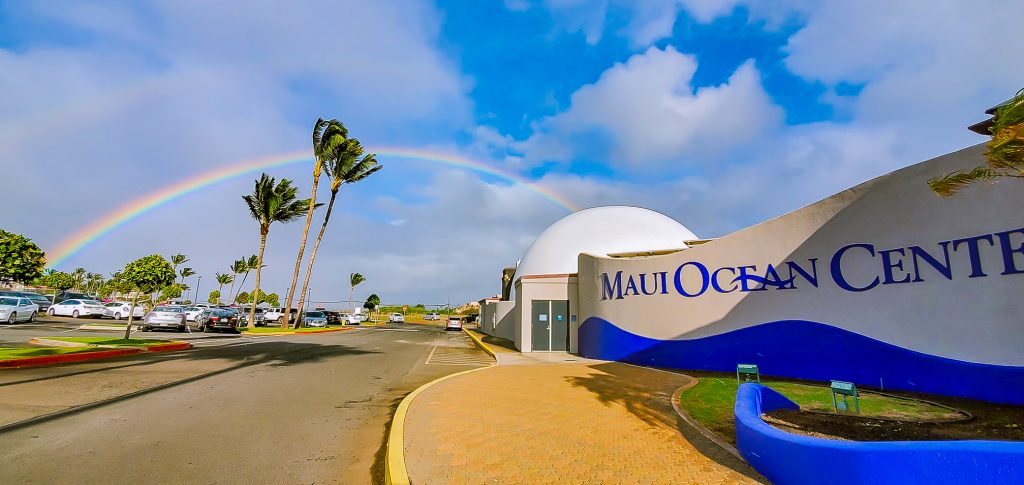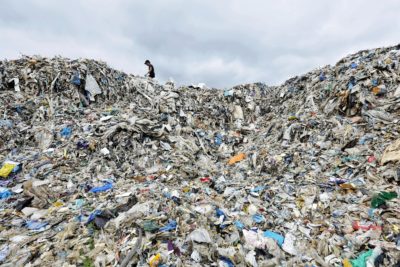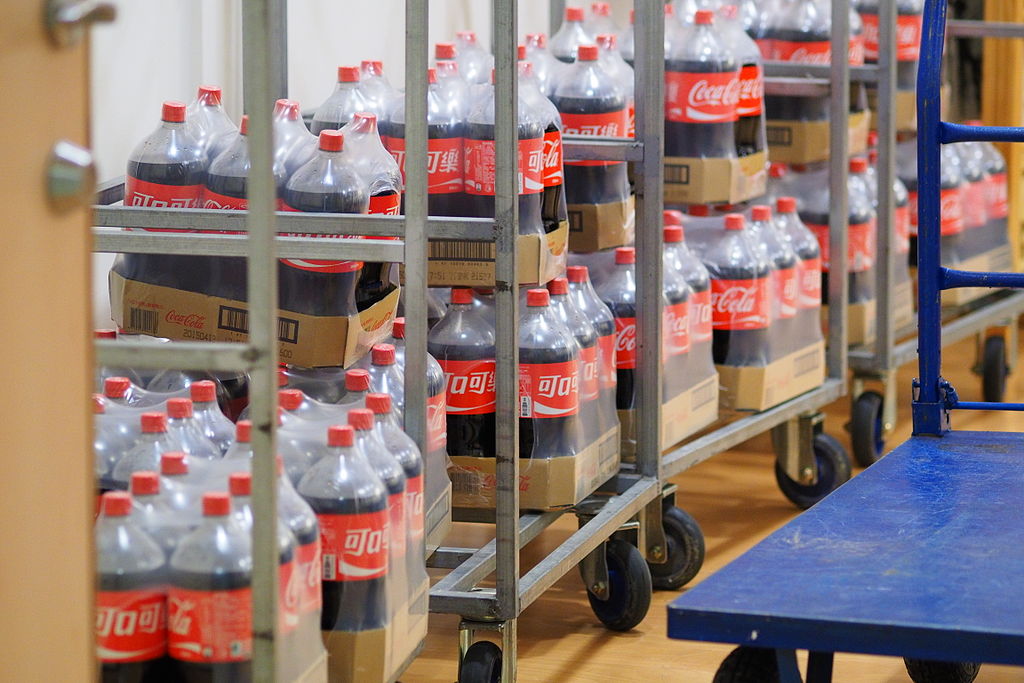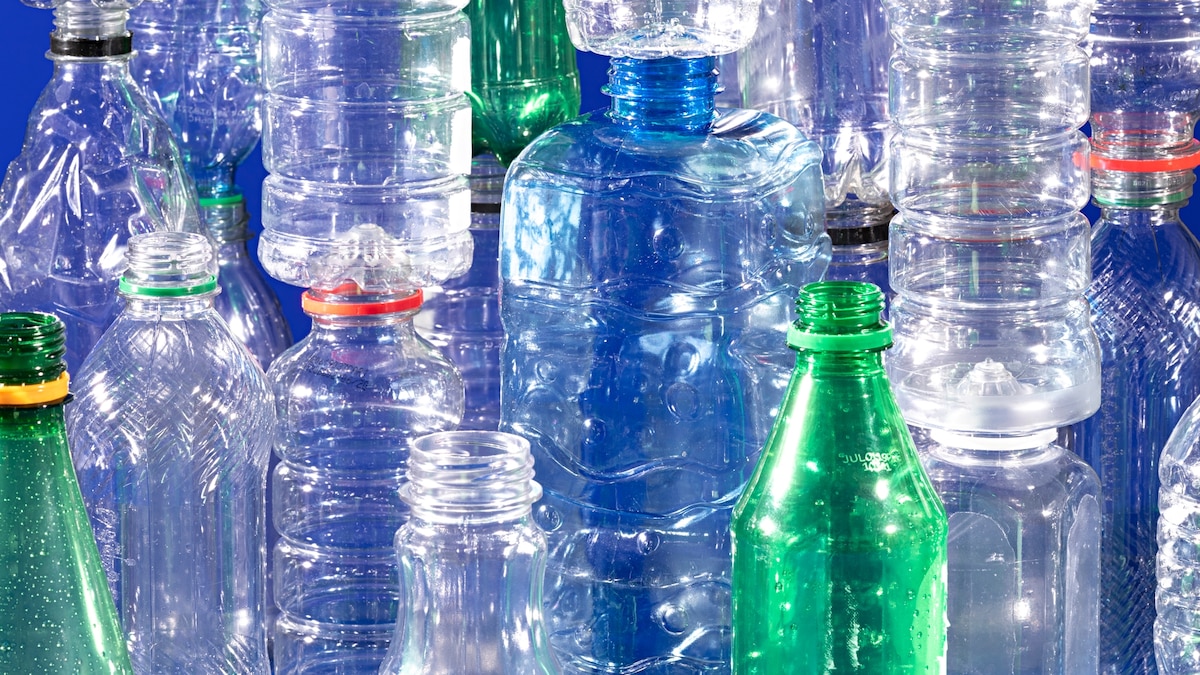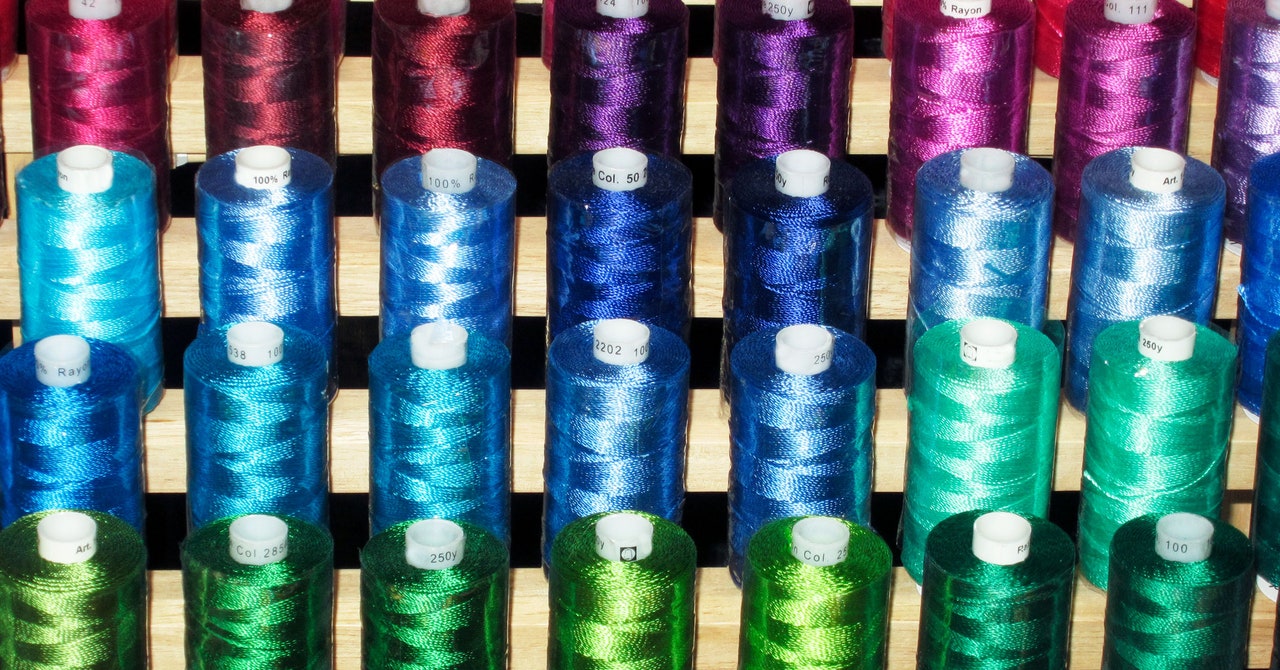G7 leaders should act to protect the world’s oceans by pushing for agreements on plastic pollution and protecting the Arctic and Antarctic, experts said.
Politicians meeting in Britain this week were also urged to treat poverty as a cause of pressure on natural resources.
The UK is pushing a green agenda at the G7 in the run-up to the Cop26 climate summit, which it is hosting in November.
Leaders are meeting in Cornwall, south-west England where, scientists said, the impact of rising sea levels is being felt.
At a briefing on Wednesday, scientists called for leaders to treat the oceans as a key part of climate change.
“I would say to the G7, we need to have much more ambitious targets on marine conservation,” said Prof James Scourse, a marine scientist at the University of Exeter.
“We need to strengthen the Antarctic Treaty that preserves the Antarctic continent.
“We need to strongly strengthen international agreements on non-exploitation of the Arctic, which is opening up because of sea ice and so on.
“I would also say that we need to look very carefully at trawling and put a complete moratorium on deep marine mining.”
The Carbis Bay Hotel, near St Ives, Cornwall, is hosting the G7 gathering. Bloomberg
Oceans in danger
Scientists called for the effects of climate change in the oceans to be highlighted, as well as the more visible ones on land.
“The invisibility of a problem gives politicians cover for not doing anything about it,” said Callum Roberts, professor of marine conservation at the University of Exeter.
“We need to make this problem of what’s going on in the oceans much more visible.”
Prof Scourse said climate change already “baked in” to the oceans was bound to continue for a long time because it took about 1,000 years for global waters to completely mix.
“We can see the impact of climate change on terrestrial systems on the land, in the habitat in which we live as human beings,” he said.
The ocean is telling us that it’s under a lot of stress
Heather Koldewey
“But many of the most profound and immediate impacts that register the fact that the Earth’s climate is changing are oceanic.”
Prof Heather Koldewey, a senior technical adviser at the Zoological Society of London, said the G7 had an “enormous potential to really make a difference at this summit”.
Prof Koldewey called for a global treaty on plastic pollution to tackle what she said was one of the most visible aspects of damage to the ocean.
In one experiment, scientists are releasing bottles off the coast of Cornwall to provide data on how marine pollution spreads.
This data could feed into tsunami and weather warning systems, and attempts to understand the effect of climate change, Prof Koldewey said.
There is a “real opportunity” for the G7 to address the effects of climate change on the ocean, she said.
“That’s including things like overfishing, the half of the ocean that’s currently under very limited protection and looking at a high-seas treaty that’s robust.
“These are all things that we can actually do something about – a global treaty for plastic pollution and others. There is this real opportunity to act.
“We’re asking people to listen to the science and also to listen to the ocean. The ocean is telling us that it’s under a lot of stress.”
A volunteer collects plastic waste and debris on the French coast. AFP
Poverty and climate crisis
The UK this week promoted a commitment by 80 countries to protect 30 per cent of the world’s oceans by 2030.
The target was backed by G7 environment ministers at an online preparatory summit last month.
Hans-Otto Poertner, who co-chairs a working group of the UN’s Intergovernmental Panel on Climate Change, said the G7 could help to bring about a social transformation that was needed to address the causes of climate change.
“If we bring the countries together and look at the countries with the largest and strongest economic power, they are the ones that actually should also lead on that transformation,” he said.
“The equality issue and the poverty eradication issue, that is so much the root cause of the pressure on natural systems.
“We need transformation in the industrial systems, in the economic systems, and in the way society functions.”


